Description
“Human Relations and Organisational Behaviour” by Nirmal Singh is a comprehensive exploration of the intricate dynamics between individuals and organizations in the context of modern workplaces. With a deep understanding of human psychology and organizational behaviour, Singh provides readers with valuable insights into the factors that influence employee performance, motivation, and overall satisfaction. Through a blend of theory, real-life case studies, and practical advice, the book offers a holistic perspective on the key principles and practices that contribute to successful human relations within organizations.
This book review will delve into the content, analysis, and evaluation of “Human Relations and Organisational Behaviour.” Additionally, we will explore the author’s writing style, examine the characterization of the book, and discuss the themes and interpretations presented. Furthermore, we will provide an overview of the author’s background and examine what readers and critics have to say about this enlightening work. Finally, we will present the book’s pros and offer a comprehensive verdict on its merits.
“Human Relations and Organisational Behaviour” begins by introducing readers to the fundamental concepts and theories of human relations in the context of organizational behavior. Singh explores the psychological aspects of employee motivation, job satisfaction, and work performance, emphasizing the importance of understanding individual differences and the impact of social interactions within the workplace.
The book then delves into various topics such as leadership, team dynamics, communication, conflict resolution, and organizational culture. Singh skillfully combines theoretical frameworks with practical examples, making complex concepts accessible to readers. Each chapter is structured logically and organised, allowing readers to build a comprehensive understanding of the subject matter.
Throughout the book, Singh provides real-life case studies and examples that illustrate the theories and concepts discussed. These case studies help readers connect theory to practice, enabling them to develop a deeper understanding of how human relations and organizational behavior play out in real-world scenarios. Additionally, the author offers practical advice and strategies for addressing common workplace challenges, making the book a valuable resource for managers, leaders, and HR professionals.
“Human Relations and Organisational Behaviour” excels in its comprehensive coverage of the subject matter. Singh skillfully synthesizes theories and concepts from various disciplines such as psychology, sociology, and management to provide a well-rounded exploration of human relations within organizations. The book’s content is well-researched and draws upon both classic and contemporary theories, ensuring that readers gain a comprehensive understanding of the field.
One of the book’s strengths is its emphasis on the practical application of theories and concepts. Singh goes beyond theory and offers actionable strategies and advice for managing and improving human relations within organizations. This practical approach adds significant value to the book, making it an essential guide for professionals seeking to enhance employee engagement and organizational effectiveness.
Moreover, Singh’s writing style is clear, concise, and accessible. He avoids jargon and complex terminology, ensuring that readers of all backgrounds can engage with the material. The inclusion of real-life case studies further enhances the readability and relevance of the book.
In comparison to other books on human relations and organizational behaviour, “Human Relations and Organisational Behaviour” stands out due to its comprehensive coverage and practical focus. While some books may focus primarily on theoretical concepts, Singh goes beyond theory and provides readers with actionable strategies and practical advice. This aspect sets the book apart from others in the field and makes it a valuable resource for both academics and practitioners.
Additionally, the use of real-life case studies throughout the book adds depth and authenticity. By examining real-world scenarios, readers better understand the challenges and dynamics involved in human relations within organizations. This practical approach distinguishes the book from others that may rely solely on theoretical frameworks.
“Human Relations and Organisational Behaviour” explores several central themes related to the dynamics of human relations within organizations. The book highlights the importance of effective communication, teamwork, and leadership in creating a positive and productive work environment. It emphasizes the significance of understanding individual differences and leveraging diversity as a strength within organizations.
Another key theme in the book is the impact of organizational culture on employee motivation and satisfaction. Singh emphasizes the importance of fostering a supportive and inclusive culture that aligns with organizational goals and values. Through this exploration, readers gain insights into the factors that contribute to a thriving work environment.
In “Human Relations and Organisational Behaviour,” the characters primarily consist of individuals involved in the case studies presented by the author. These characters represent employees, managers, and leaders from various organizations. Singh skillfully characterizes them, providing readers with a vivid understanding of their experiences, challenges, and growth within their respective work environments. Through these characterizations, readers can relate to the individuals’ struggles and successes, enhancing the book’s practical application.
About the Author:
Nirmal Singh, the author of “Human Relations and Organisational Behaviour,” is a highly regarded expert in the field of organizational behavior and human resource management. With years of academic and practical experience, Singh brings a wealth of knowledge and insights to his writing. He holds advanced degrees in management and has worked with numerous organizations, both as a consultant and as an academic. Singh’s expertise and experience shine through in the book, making it a valuable resource for individuals seeking to enhance their understanding of human relations within organizations.
Singh’s writing style in “Human Relations and Organisational Behaviour” is engaging, accessible, and well-suited to a wide range of readers. He avoids excessive jargon and technical language, making the book easily comprehensible to individuals with various levels of familiarity with the subject matter. The writing is clear and concise, enabling readers to grasp complex concepts without feeling overwhelmed. Singh’s use of real-life examples and case studies further enhances the book’s readability and relevance.
What People Say About This Book:
Readers and critics alike have praised “Human Relations and Organisational Behaviour” for its practical approach, comprehensive coverage, and accessible writing style. Many appreciate the inclusion of real-life case studies, as they provide relatable examples and insights into the complexities of human relations within organizations. The book has received positive feedback for its ability to bridge theory and practice effectively, making it a valuable resource for both professionals and students.
- Comprehensive coverage of human relations and organizational behaviour
- Practical application of theories and concepts
- Clear and accessible writing style
- Inclusion of real-life case studies and examples
- Actionable strategies and advice for managing workplace challenges


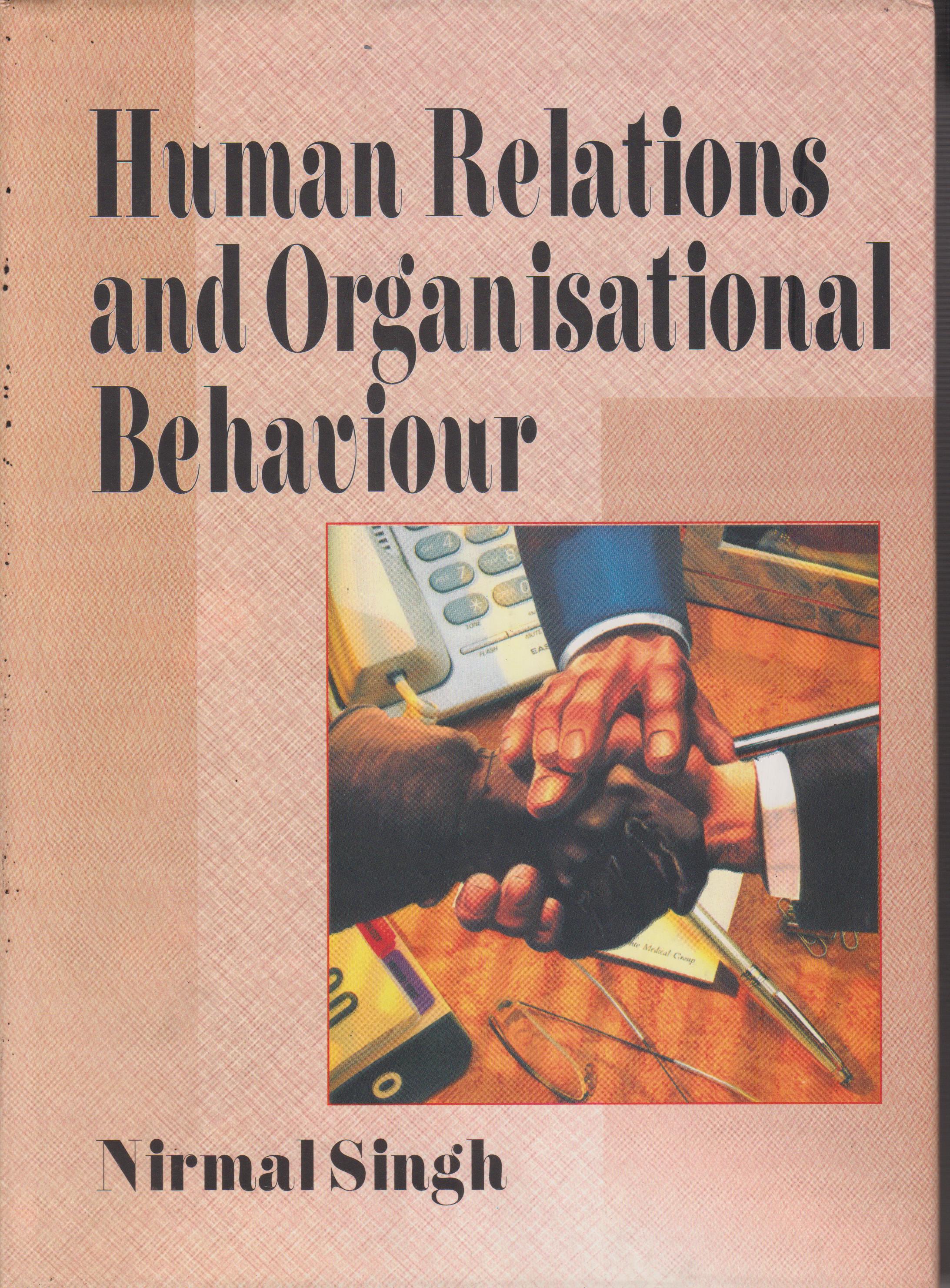
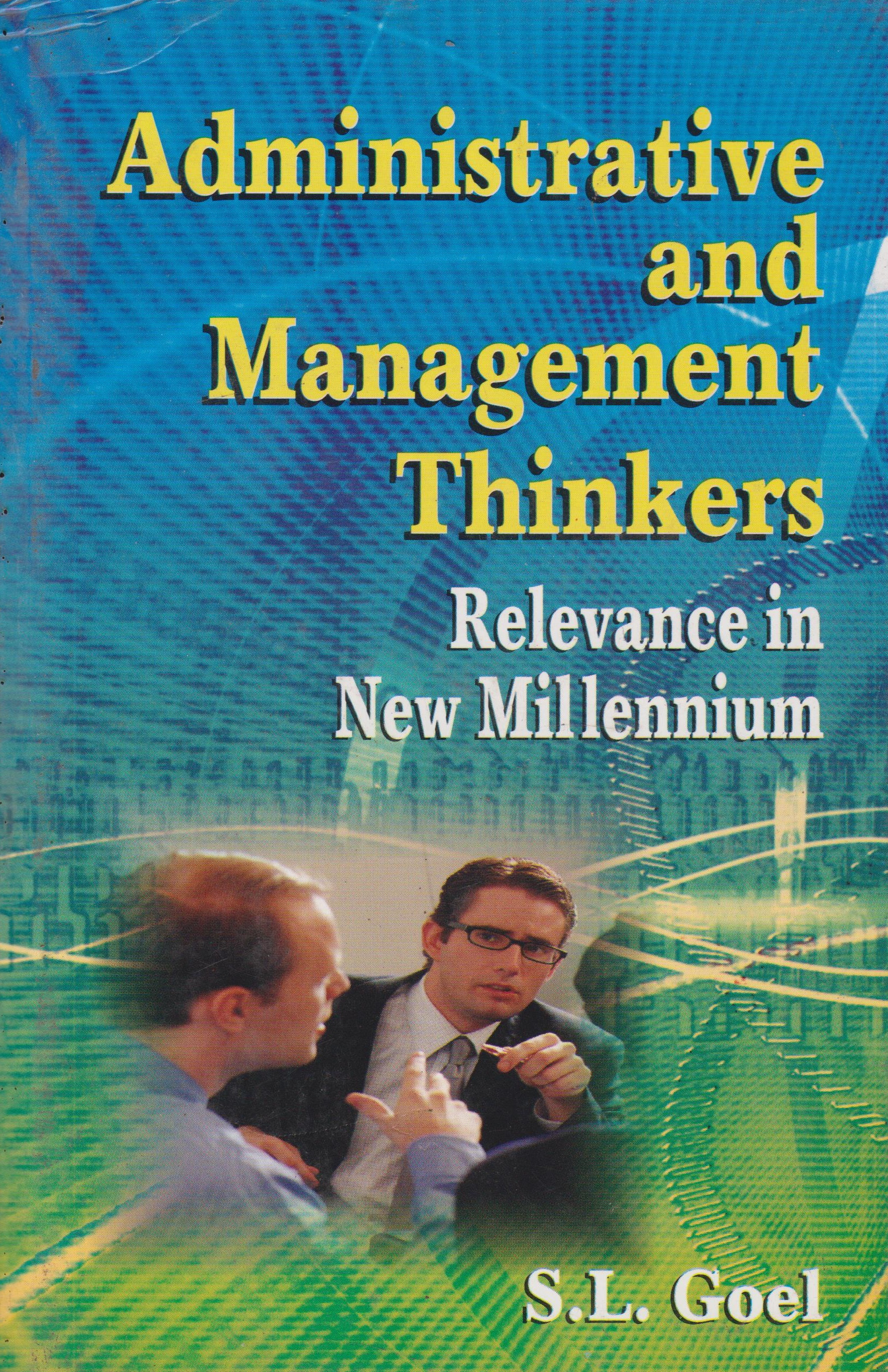
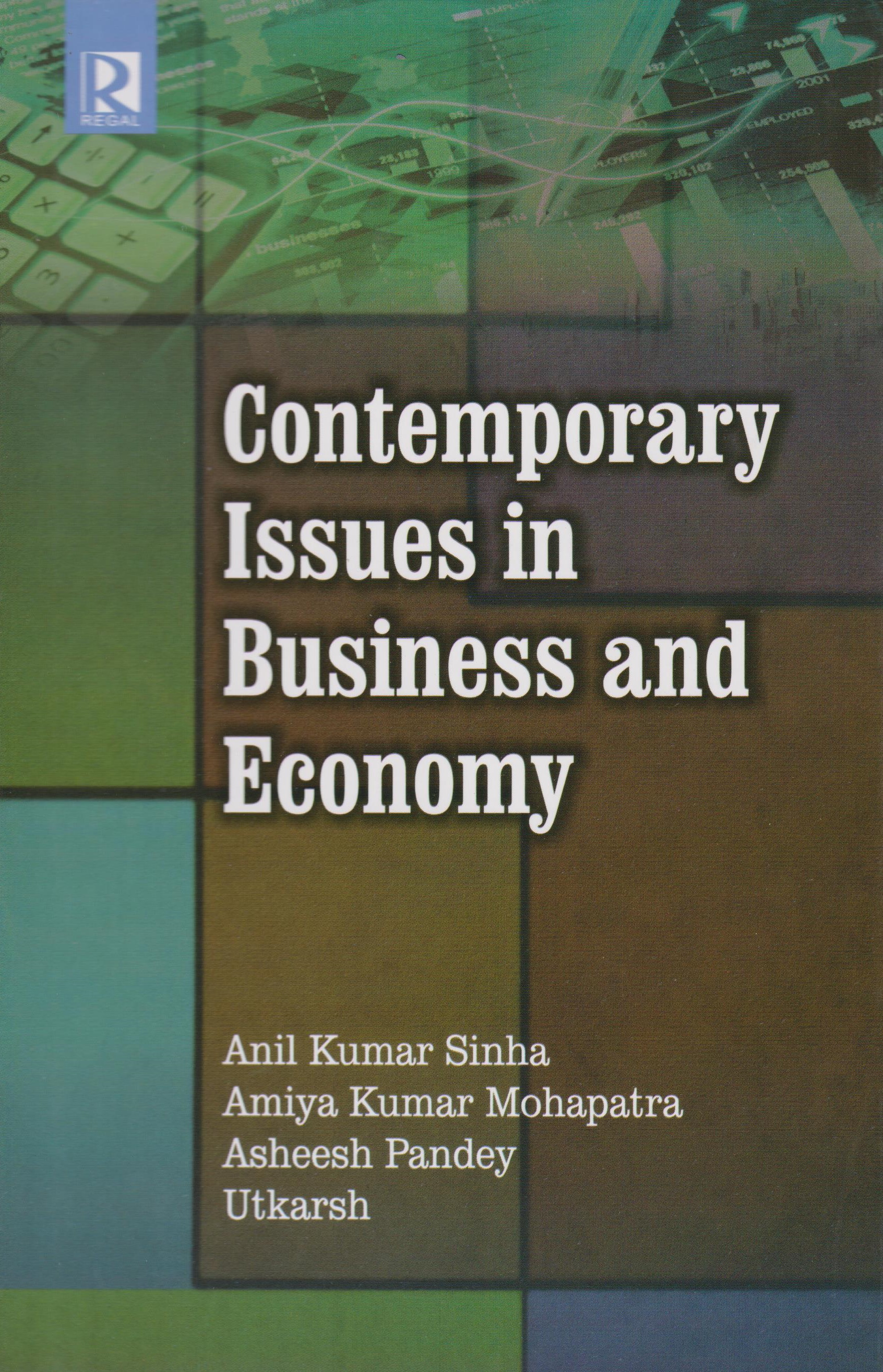

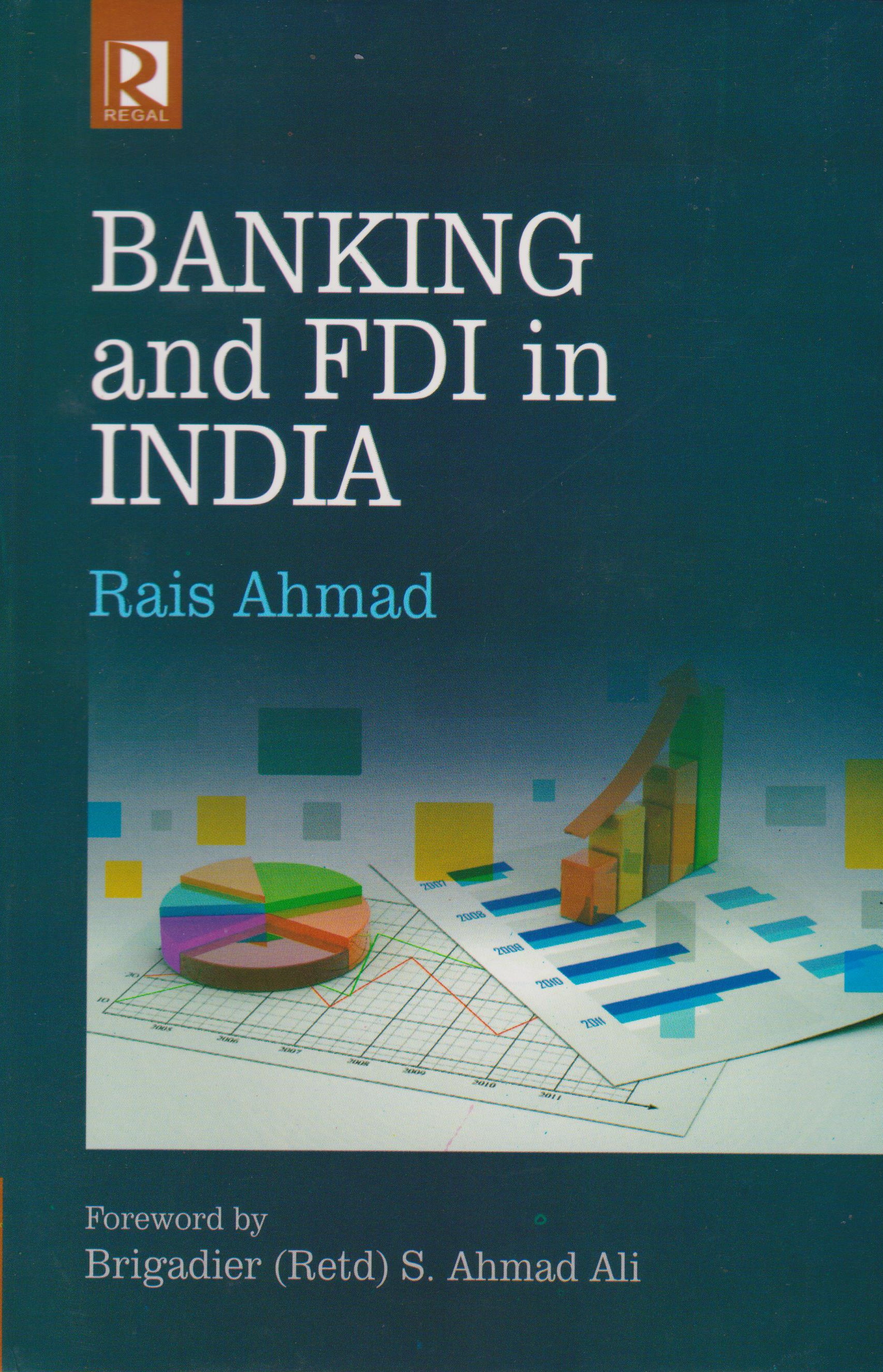

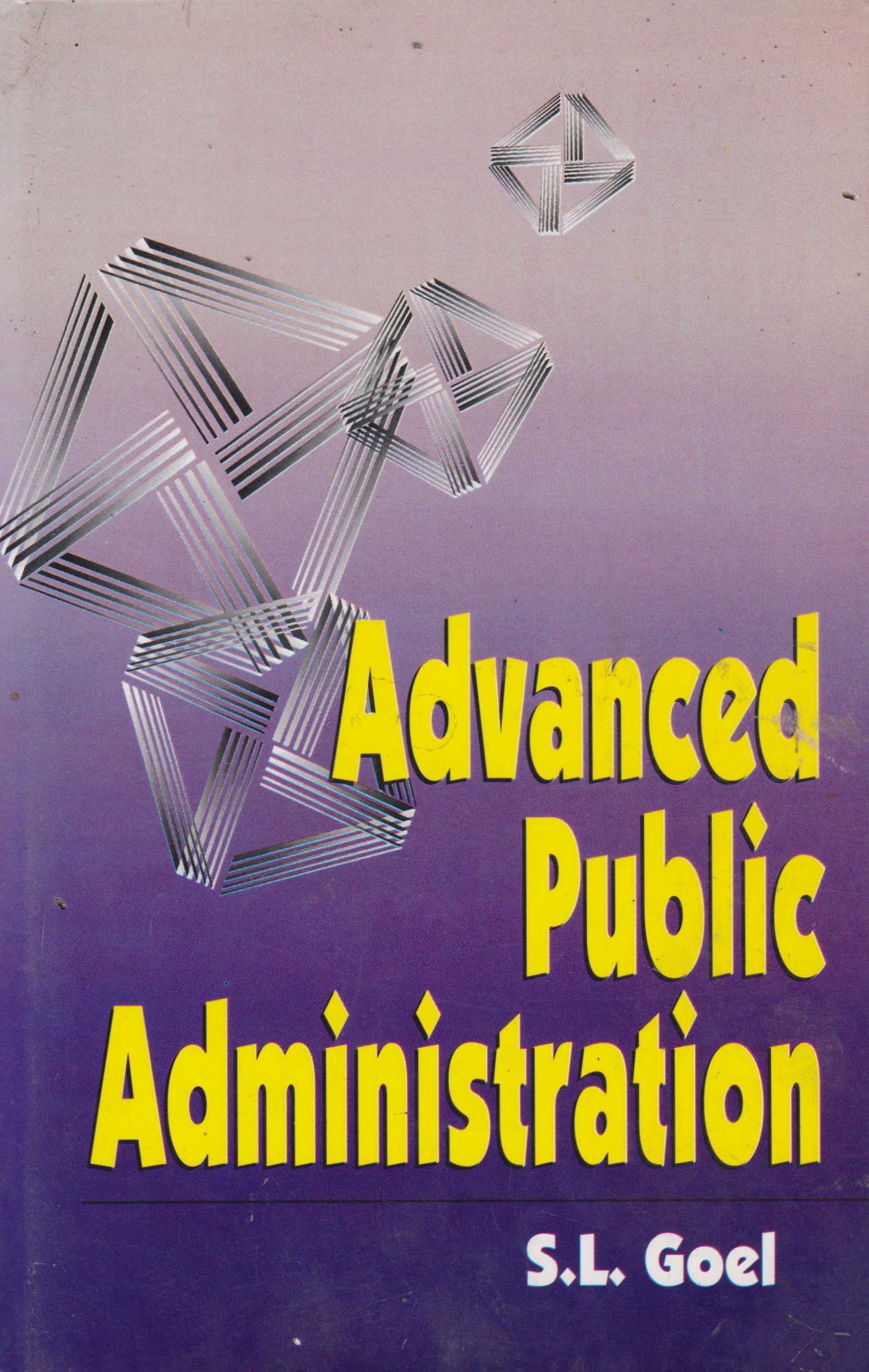
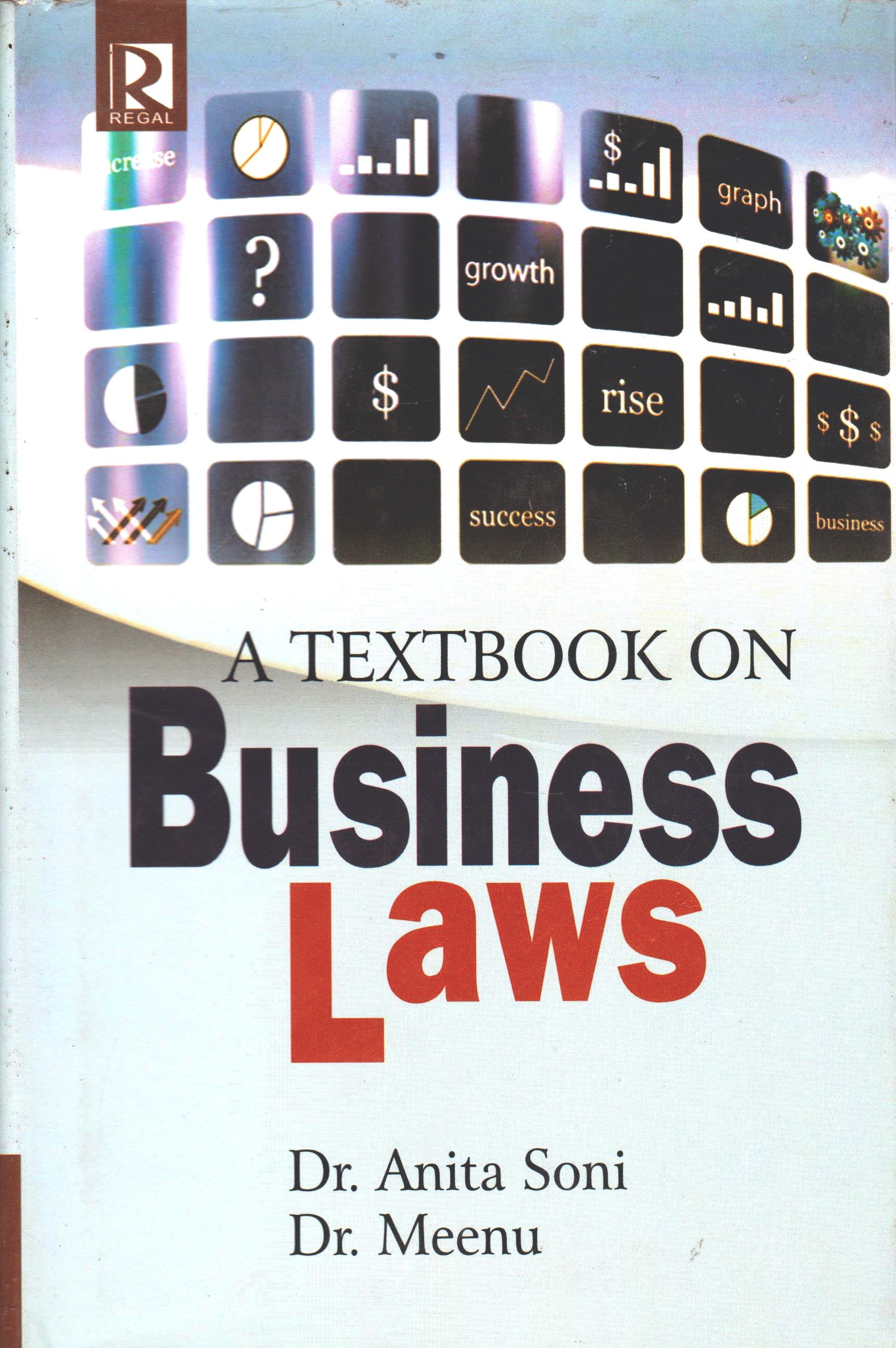

Reviews
There are no reviews yet.